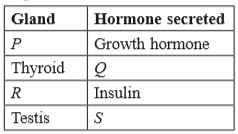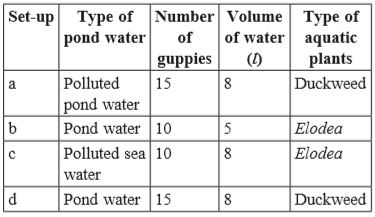Subject :NSO Class : Class 6
Subject :NSO Class : Class 4
Post Your Answer
Subject :NSO Class : Class 9
Post Your Answer
Subject :NSO Class : Class 4
Post Your Answer
Subject :NSO Class : Class 8
Post Your Answer
Subject :NSO Class : Class 8
Post Your Answer
Subject :NSO Class : Class 8
Post Your Answer
Subject :NSO Class : Class 8
Post Your Answer
Subject :NSO Class : Class 8
Post Your Answer
Subject :NSO Class : Class 8
Ans 1:
Class : Class 8
Carbon monoxide and hydrogen cyanide are another 2 highly toxic chemicals found in cigarette smoke.Fly Ash, a very fine, powdery material composed mostly of silica made from the burning of finely ground coal in a boiler.



